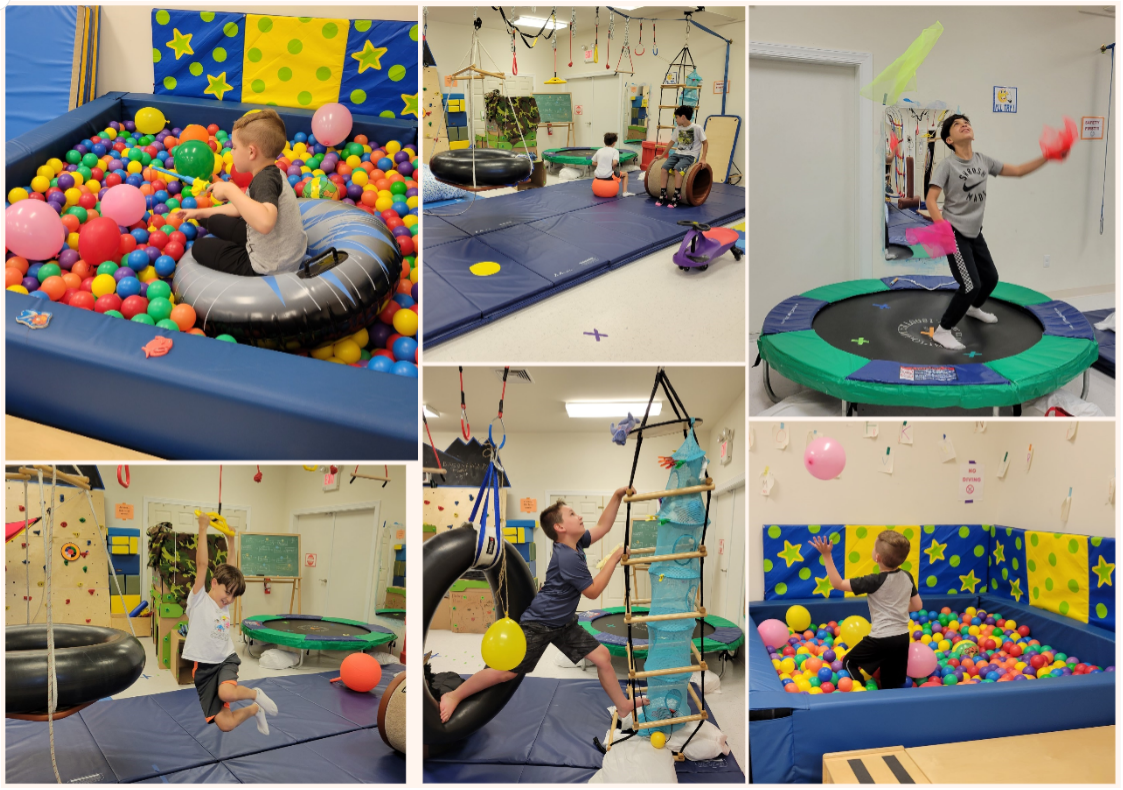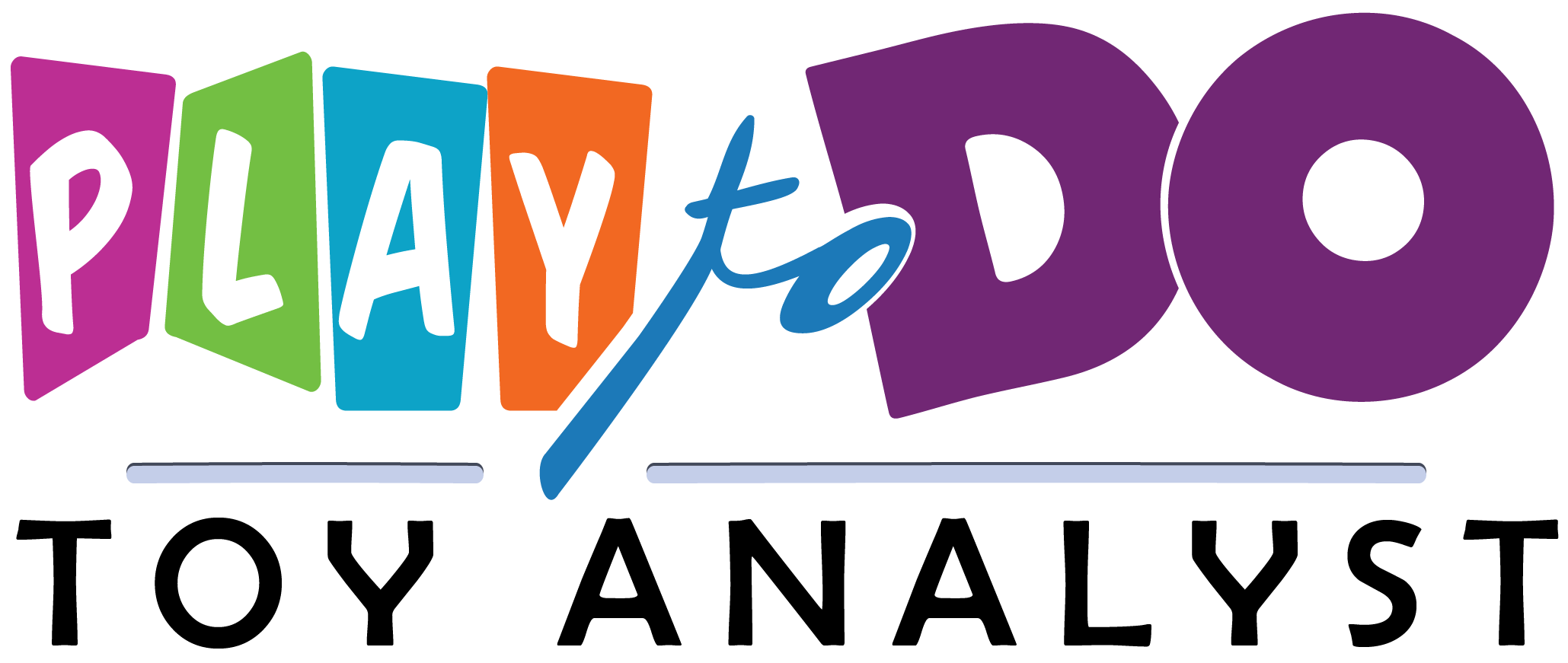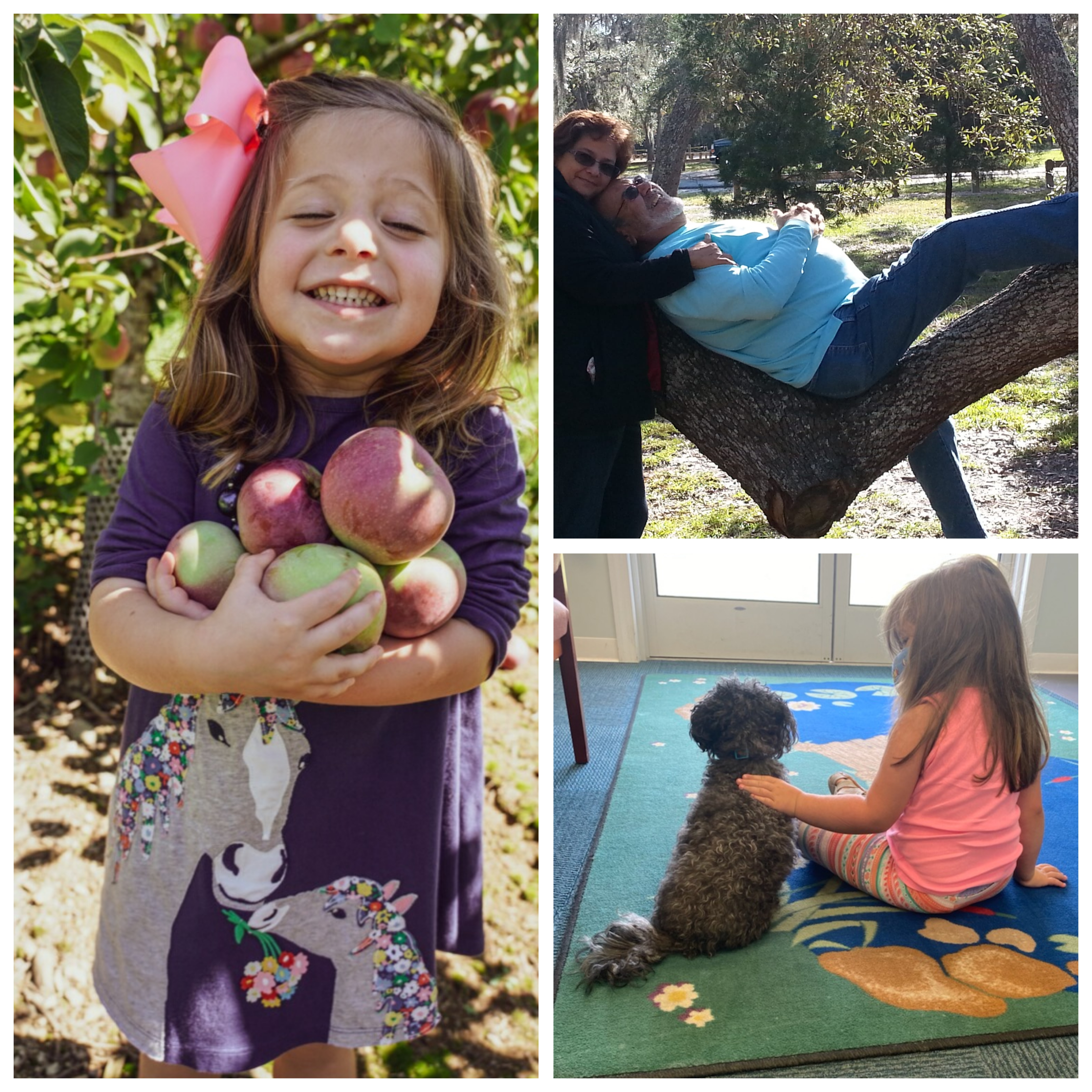The Toy Industry’s Biggest Question: What Do Kids Actually Want?
Toy brands invest millions into product development, marketing, and packaging design, but one key question remains: What truly makes a toy a favorite?
At Play To Do, we don’t rely on guesswork—we go straight to the source. Through expert-led focus groups, real-world play sessions, and direct conversations with children, parents, educators, and pediatric specialists, we uncover what kids really want and what keeps them engaged over the long term.

The Mismatch: Assumptions vs. Reality
Many toy brands assume that flashy packaging, trendy themes, or a cool gimmick will drive success. Yet, what really matters to children is something quite different—what actually keeps a child playing? It’s the ease of use, the control over play, and the sense of mastery they experience.
What Toy Brands Assume:
❌ A flashy, colorful package will capture attention and drive sales.
❌ The more complex a toy, the more value it offers.
❌ Kids will play exactly as a toy is “designed” to be played with.
What Kids Actually Care About:
✅ Instant Playability: Toys that are easy to use capture interest immediately.
✅ Open-Ended Play: Items that allow children to create, mix, and personalize fuel endless creativity.
✅ Multi-Sensory Engagement: Toys that stimulate movement, sight, sound, and touch are irresistible.
✅ Inclusive & Accessible Design: Toys thoughtfully designed to be accessible for all children—ensuring every play experience is welcoming and supportive of diverse abilities.
What Parents and Therapists Value:
✅ Developmental Benefits: Enhancing physical skills, communication, creativity, and social-emotional learning.
✅ Durability & Safety: Products that withstand repeated use.
✅ Replay Value: Toys that children return to again and again.
💡 Real Quote: “That’s it? I wish I could do more with it.” – 9-year-old, after quickly losing interest in a limited-use toy.
Why Some Toys Flop & Others Become Favorites
Common Pitfalls in Toy Design:
❌ Complicated setup or instructions that hinder quick play.
❌ One-and-done play that stifles creativity.
❌ Confusing features that leave kids frustrated.
What Makes a Toy Stand Out?
✅ Open-Ended Play: Versatile toys that adapt to children’s imagination.
✅ Multi-Sensory Elements: Engaging multiple senses makes play more exciting.
✅ Instant Playability: Immediate, intuitive fun wins every time.
✅ Inclusive & Accessible Design: Thoughtfully designed for all children, ensuring a welcoming and supportive play experience.
💡 Real Quote: “I like toys where I can make something different every time!”
How We Discover What Kids Really Love
At Play To Do, our research goes beyond simple observation. We design tailored focus groups to capture authentic feedback:
✔️ Authentic First Impressions: We observe initial reactions to product packaging and messaging.
✔️ Real-World Play Behaviors: We record how kids interact with toys—where they get excited and where they encounter challenges.
✔️ Insightful Questioning: We ask questions like, “What’s your favorite part?” and “Would you put this on your wish list?”
✔️ Parental Feedback: We gather perspectives on durability, educational value, and purchase likelihood.
🎯 “If a toy doesn’t make sense to a child in the first 30 seconds, it needs further thought.”
How Toy Brands Can Use These Insights to Create Better Products
1️⃣ Understand the ‘Why’ Behind Kids’ Play:
Kids aren’t just attracted to flashy designs; they crave toys that are easy to use and spark creativity.
2️⃣ Design for Real-World Use:
Focus on simplicity, sensory appeal, and natural interaction. The better a toy fits into a child’s everyday play, the more successful it will be.
3️⃣ Test Before Launch:
Playtesting is critical. It uncovers engagement gaps early on, saving costs and ensuring a product that resonates in the market.
At Play To Do, we work with brands to bridge the gap between product development and real-world play. By combining expert knowledge in child development with hands-on testing, we ensure that every toy meets the expectations of the people who matter most—kids and their families.




